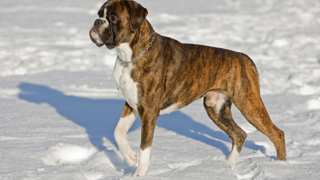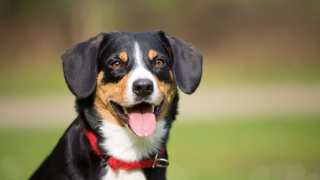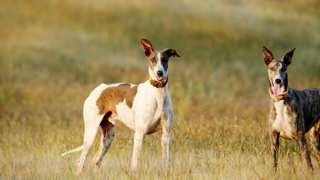The Box-Terrier diet will need to include animal proteins and carbohydrates, vitamins and minerals, and omega fatty acids--nutrients every dog needs to maintain its health. This means the best Brazil Dog food is premium dry kibble, as it has balance portions of the above-listed ingredients.
Blue Buffalo, Royal Canin, and Taste of the Wild are three recommended brands that carry excellent lines of premium food.
The typical adult Box-Terrier will need about 3½ cups of food per day, divided into two meals. BT puppies will need less: depending on age, about 2½ cups per day, divided into three meals (not two) until six months old.
(NOTE: This crossbreed is prone to bloat, an often-fatal condition in which a dog's stomach fills with excess air when it "wolfs" its food--so don't feed the dog an hour before or after exercising.)
For more info, see this feeding chart:
Dog AgeDog WeightFood TypeAmountFrequency2 Months12 lbsDry (Puppy formula)0.5 cups3x/day3 Months20 lbsDry0.65 cups3x/day6 Months45 lbsDry0.8 cups3x/day9 Months60 lbsDry* (Puppy/Adult)1.5 cups2x/day12 Months+70 lbsDry (Adult formula)1.75 cups2x/day*--Around this time, transition to adult food by mixing the two food types for a week.
If possible, try and stick to the above-listed portions. If constantly overfed (and under-exercised), these dogs will become overweight--and a fat Box-Terrier will have numerous health problems and a shortened lifespan. Help control your BT's weight by having consistent feeding schedules, by not giving the dog table scraps, and by not leaving food in the dog's bowl all the time.
If you're worried your Box-Terrier is overweight, give the dog this test: run a hand along its side, and if you can't feel any ribs, it's diet time--which means less food and more exercise.



